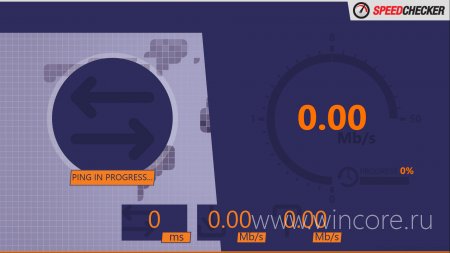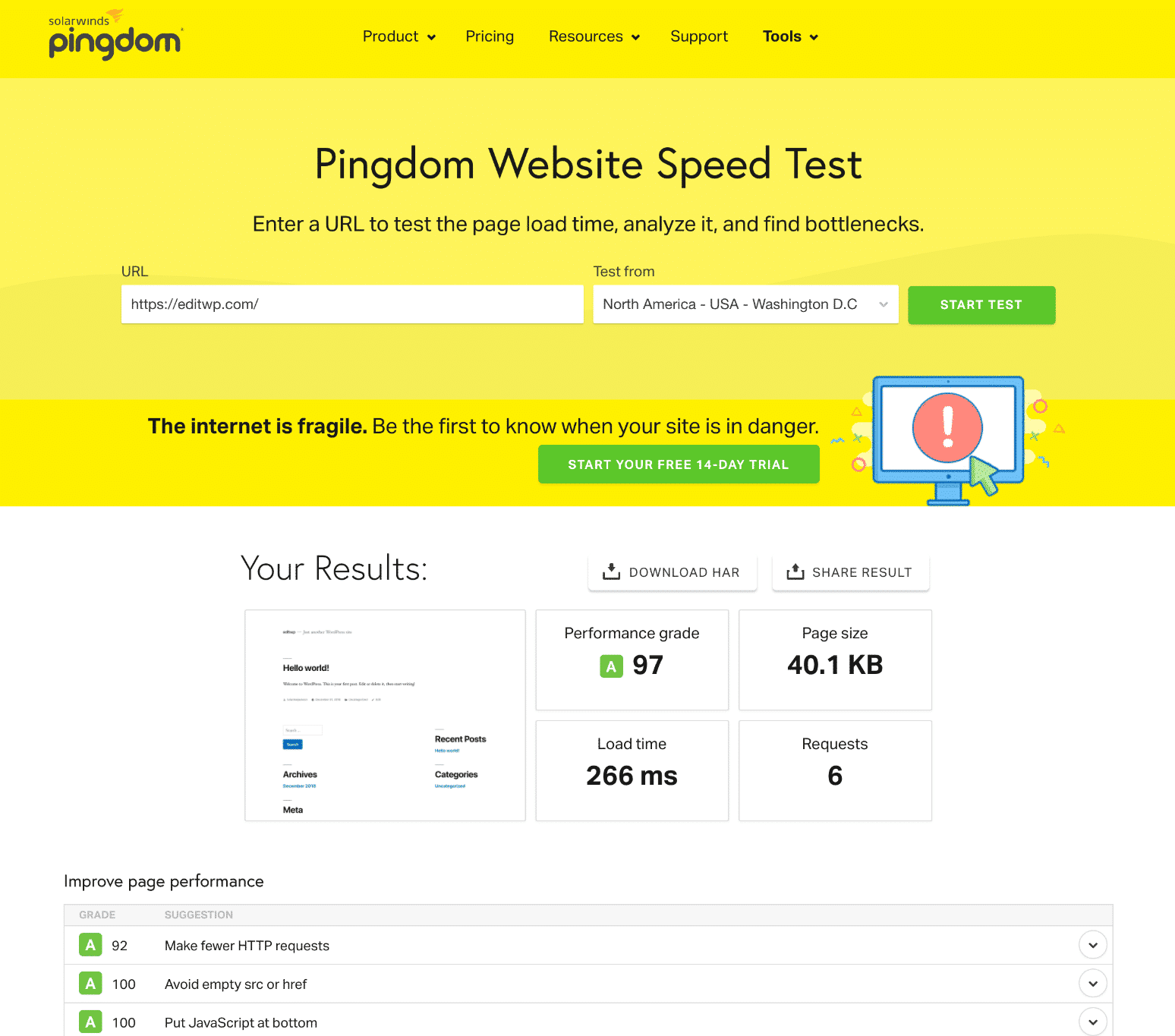

Our methodology involved using the Google PageSpeed Insights API within Screaming Frog to analyze the average page speed of major e-commerce sites. What Our Data Shows Us About Page Load Times I’ll show you what our data collection showed us about average page load time. If your site takes more time than usual to load, it impacts your conversion rate, ranking, and traffic.Īccording to Bidnamic research, conversion rates can drop by 17% for every second increase in load time, possibly costing you money and leads from customers who do stay on your site.Īn Unbounce survey reveals that almost 70% of consumers admit page speed impacts their willingness to buy from an online retailer. Tooltester reports that the average page load time is 2.5 seconds on desktop and 8.6 seconds on mobile, based on their analysis of the top 100 web pages globally. If you exited out, it probably took too long. Let’s play a quick game: Count how many seconds their site takes to load. Get your phone out and type up your favorite place to go that’s near you. Page Load Times and How They Impact Consumer Behavior Let’s see what may be causing visitors to click away and how to remedy that. The results will help you better understand average page load time standards and see if they match page load time best practices.

I looked at 20 product pages from big-name e-commerce brands to see how they rate in terms of page speed. The good news is that improving your page load speed isn’t rocket science. Studies show that a page that takes longer than six seconds to load loses about 1 of every 2 visitors.Īs digitally connected as our world is today, it’s understandable why consumers demand a quick and easy online shopping experience. You don’t like the sound of that, do you?Ĭustomers are demanding faster websites, especially on mobile.Ī slow page speed will cost you traffic and sales conversions.

Well, a slow average page load time is like losing money. You know the phrase by Benjamin Franklin that goes, “Time is money”?


 0 kommentar(er)
0 kommentar(er)
